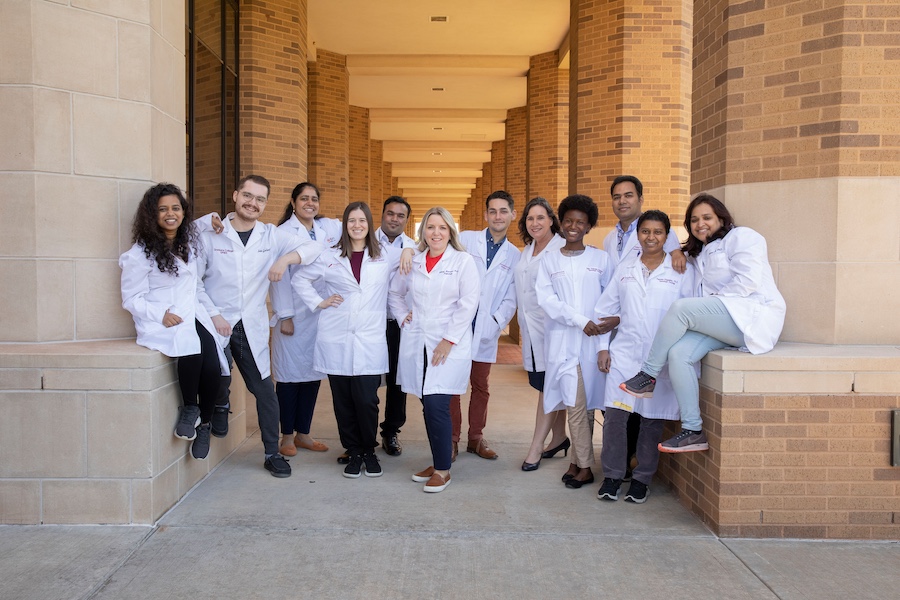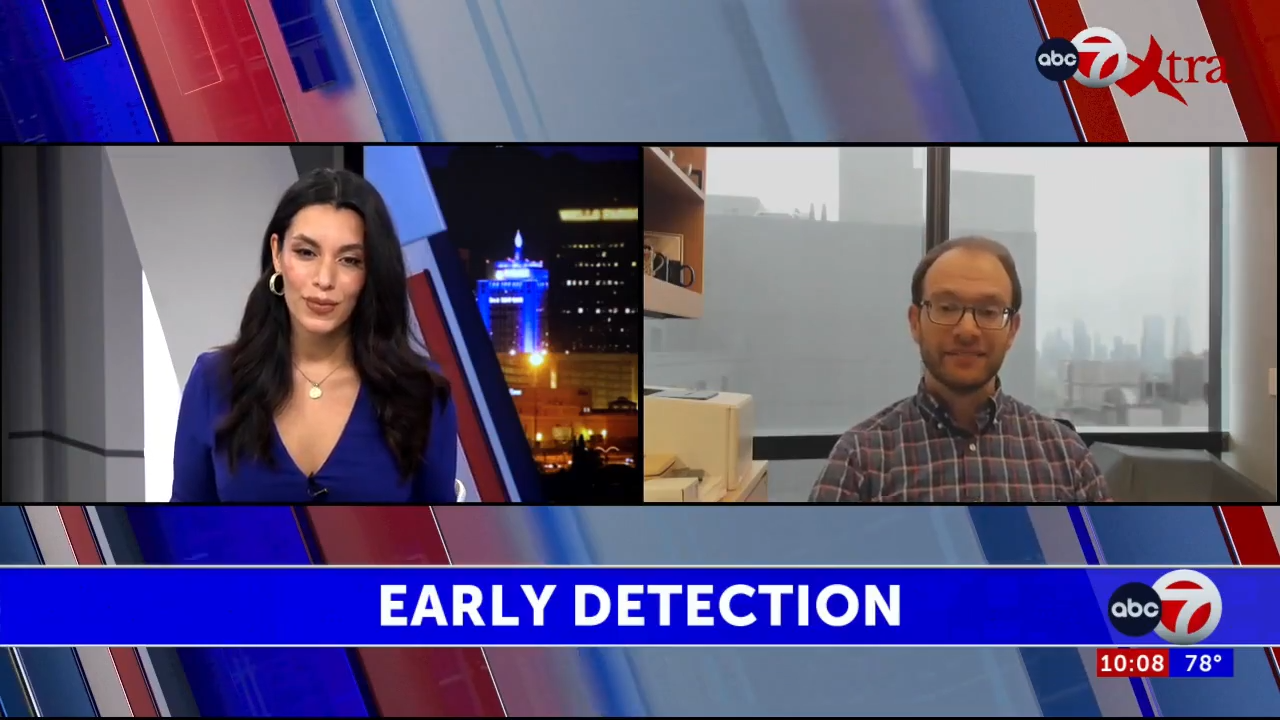Building on previously presented work, researchers at M.D. Anderson Cancer Center in Houston have published new findings that show that evaluating the change of CA-125 over time shows promise as a screening tool for early-stage ovarian cancer.
OCRF grantees Karen Lu, MD and Robert Bast, MD were first and senior author on the paper, which was published online August 26, 2013 in Cancer.
Dr. Lu stresses that these findings aren’t going to change clinical practice now; more data is necessary before doctors use this method as a screening test. In order for this method to become a screening test, it has to be clear that in a large group of women who did the screening, there were fewer deaths from ovarian cancer compared to another group who didn’t get screened. This study doesn’t address that question, but results from a much larger study in the United Kingdom will be published in 2015. If this larger study shows survival benefit, this new approach offers a much-needed screening tool to detect ovarian cancer in its early stages – even in the most aggressive forms – in asymptomatic, post-menopausal women at average risk for the disease.
For this study, researchers recruited 4,000 post-menopausal women between the ages of 50 and 74 who had no personal or family history of ovarian cancer. Women were screened, on average, for about four years.
Each year, women in the study were given a CA-125 blood test. Researchers fed the women’s age and test results into a mathematical formula called Risk of Ovarian Cancer Algorithm, or ROCA, which was developed using a database of CA-125 test results from thousands of women in the United States and Sweden.
If the results came back as low risk, women were asked to repeat the test the following year. Women with intermediate-risk results were told to have another blood test in three months, while those with high-risk results were referred for a transvaginal ultrasound exam, a pain-free test that lets doctors see the size and shape of the ovaries. If the ultrasound results also were abnormal, women were referred to surgery.
Over 11 years, 83 percent of women remained at low risk and had to return only for an annual blood test. About 14 had at least one intermediate-risk result that caused them to return in three months for a follow-up test. Roughly 3 percent were deemed high risk and were referred for an additional ultrasound exam.
Ten of the 117 women referred for ultrasound exams had suspicious results and underwent subsequent surgeries. Of those, seven had some type of cancer, while three had benign tumors. Four of the patients had early stage cancers. All of the women are still alive and free of disease following treatment for their cancers.
While encouraging, the findings are neither definitive, nor immediately practice-changing, but they are promising. Researchers and patients alike eagerly await the results of the larger UK trial in 2015.
Click here to read more on this study, or read the abstract.


